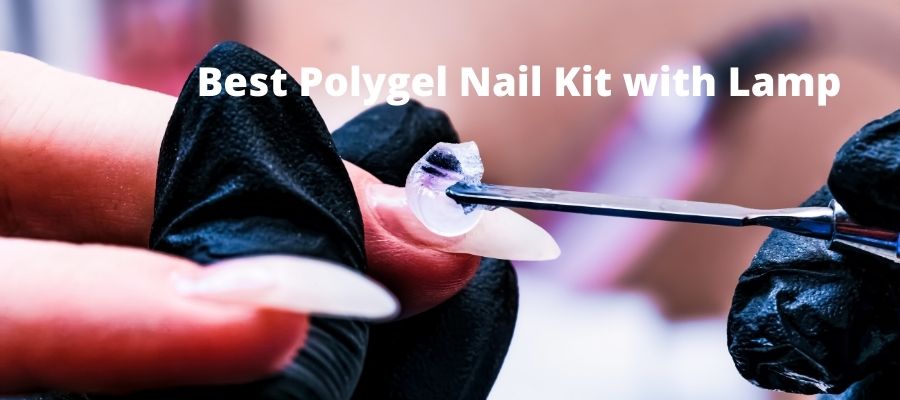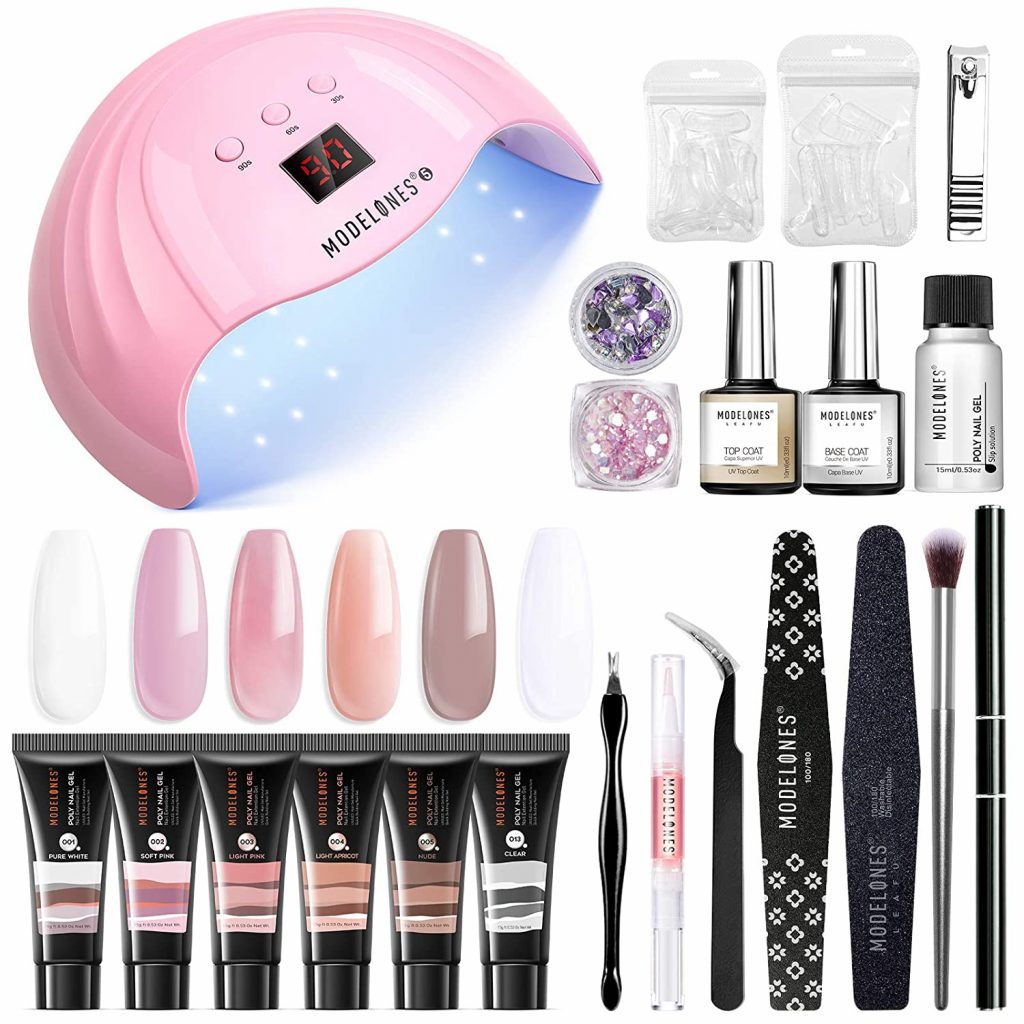Why Are My Gel Nails Peeling?

Executive Summary

Gel manicures are a popular choice for long-lasting and stylish nail art. However, many people experience gel nail peeling, which can be frustrating and unsightly. This article explores the common causes of gel nail peeling and provides practical tips to prevent this issue. It delves into factors like improper application, nail health, environmental influences, and product quality, offering solutions to achieve longer-lasting gel manicures.

Introduction
Gel manicures offer a flawless, chip-resistant finish that can last for weeks. But, what happens when that perfect polish starts to peel? It can be disheartening to see your freshly done nails lifting and chipping prematurely. Gel nail peeling can be caused by a combination of factors, ranging from improper application to environmental influences. Understanding the root causes is crucial to preventing this common problem and achieving a long-lasting gel manicure experience.
What Causes Gel Nails to Peel?
Improper Application
Even the most skilled nail technicians can sometimes make mistakes. Here are some common application errors that can lead to peeling:
- Insufficient Nail Prep: Properly preparing the nail surface is crucial for adhesion. This involves removing oils and debris with a nail cleaner and gently buffing the nail to create a rough surface for the gel polish to cling to.
- Not Curing Properly: Gel polish requires UV or LED light curing for proper hardening. Insufficient curing time or improper placement under the lamp can result in soft, weak nails that are prone to peeling.
- Over-Filing: Excessively filing the nail can weaken the nail plate and make it more susceptible to peeling.
- Uneven Gel Application: Applying too thin or thick layers of gel polish can affect its adherence and longevity.
Nail Health
The health of your natural nails plays a significant role in the longevity of your gel manicure.
- Dehydrated Nails: Dry, brittle nails are more prone to peeling, as they lack moisture and flexibility.
- Weak Nails: Nails that are weak or thin may not be able to hold onto the gel polish effectively.
- Nail Damage: Damaged nails from biting, picking, or aggressive filing can weaken the nail and contribute to peeling.
- Underlying Nail Conditions: Certain conditions, such as fungal infections or psoriasis, can affect nail health and make gel manicures more likely to peel.
Environmental Factors
External factors can also impact the durability of gel manicures:
- Exposure to Water: Frequent hand washing and prolonged water immersion can weaken the bond between the gel polish and the nail, leading to peeling.
- Harsh Chemicals: Exposure to chemicals like cleaning products, detergents, and solvents can also damage the gel polish and cause it to lift.
- Extreme Temperatures: Sudden temperature changes, such as going from a hot shower to a cold environment, can stress the gel polish and increase the risk of peeling.
- Sun Exposure: UV rays from the sun can break down the gel polish and cause it to become brittle, leading to peeling.
Product Quality
The quality of the gel polish and the products used for application can influence how well the manicure adheres and lasts.
- Low-Quality Gel Polish: Using inexpensive or inferior gel polishes can result in a weaker bond and a shorter lifespan.
- Expired Products: Using expired gel polish or curing lamps can affect the curing process and lead to peeling.
- Incompatible Products: Using products from different brands or incompatible formulas can cause the gel polish to react and lift.
- Improper Storage: Improper storage of gel polish, such as exposure to heat or sunlight, can degrade the product and affect its performance.
Nail Habits
Certain nail habits can contribute to premature peeling:
- Picking or Biting Nails: These habits can damage the nail plate and create weak spots, making it more likely for the gel polish to peel.
- Using Harsh Nail Polish Remover: Acetone-based removers can dry out the nails and weaken their ability to hold onto the gel polish.
- Frequent Manicures: Having gel manicures done too frequently can damage the nails, making them more susceptible to peeling.
Frequently Asked Questions (FAQ)
1. Can I prevent gel nail peeling?
Yes, there are steps you can take to prevent gel nail peeling. Proper nail prep, using high-quality products, protecting your nails from harsh chemicals and environmental factors, and avoiding nail-damaging habits can all contribute to a longer-lasting gel manicure.
2. How long should a gel manicure last?
A properly applied gel manicure can typically last for 2-3 weeks without chipping or peeling. However, individual nail health, lifestyle, and environmental factors can affect the actual lifespan.
3. Is it safe to remove gel polish yourself?
It’s possible to remove gel polish at home, but it’s important to use the right products and techniques. Using a professional-grade gel polish remover and following the instructions carefully can help prevent damage to the nail plate.
Conclusion
Gel nail peeling can be a frustrating problem, but with the right knowledge and techniques, it can be prevented. By understanding the common causes, from improper application and nail health to environmental factors and product quality, you can take proactive steps to achieve longer-lasting and flawless gel manicures. Remember to prioritize nail care, use high-quality products, and protect your nails from damaging elements. With these tips, you can enjoy chip-free and peel-free nails for weeks to come.
Relevant Keywords:
- Gel nails peeling
- Gel manicure peeling
- Nail polish peeling
- How to prevent gel nails from peeling
- Gel nail care tips


